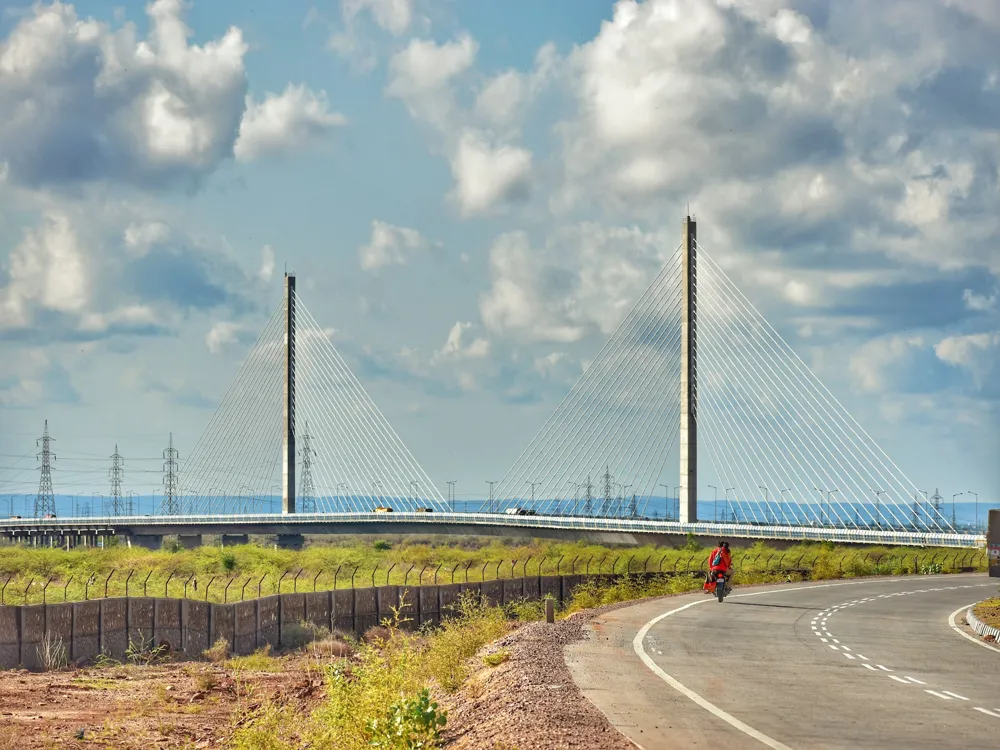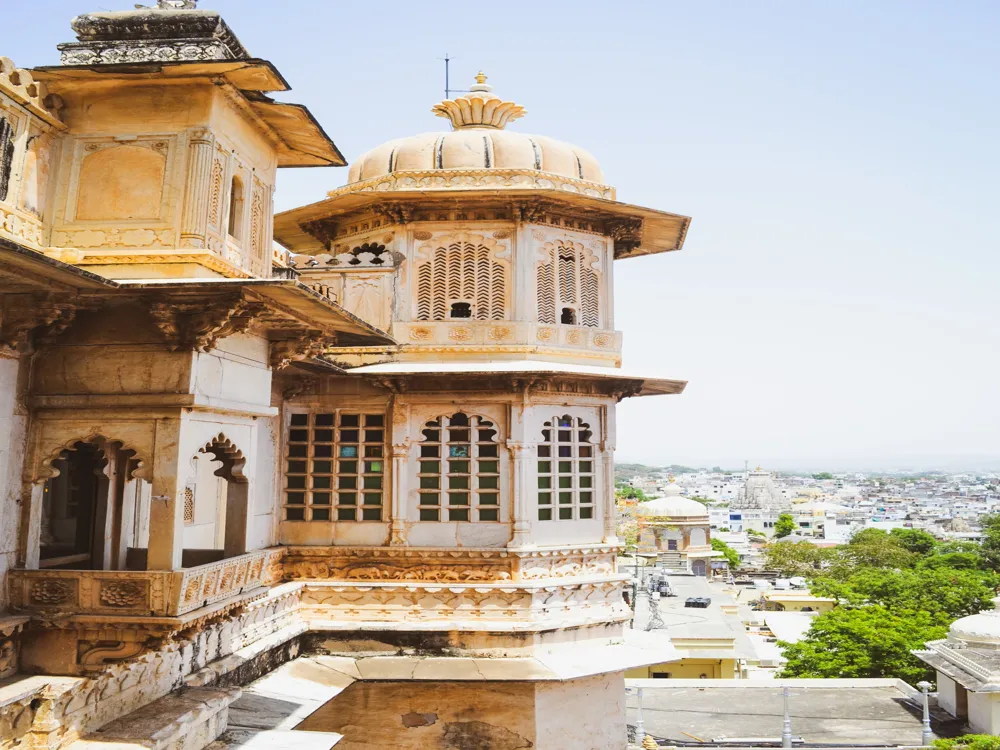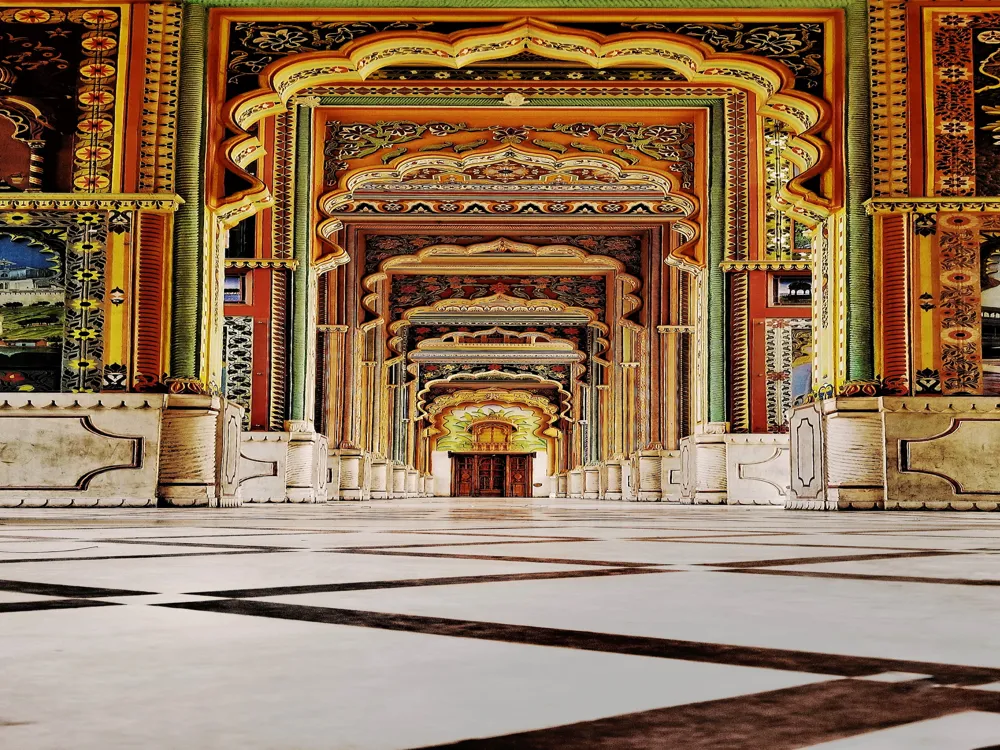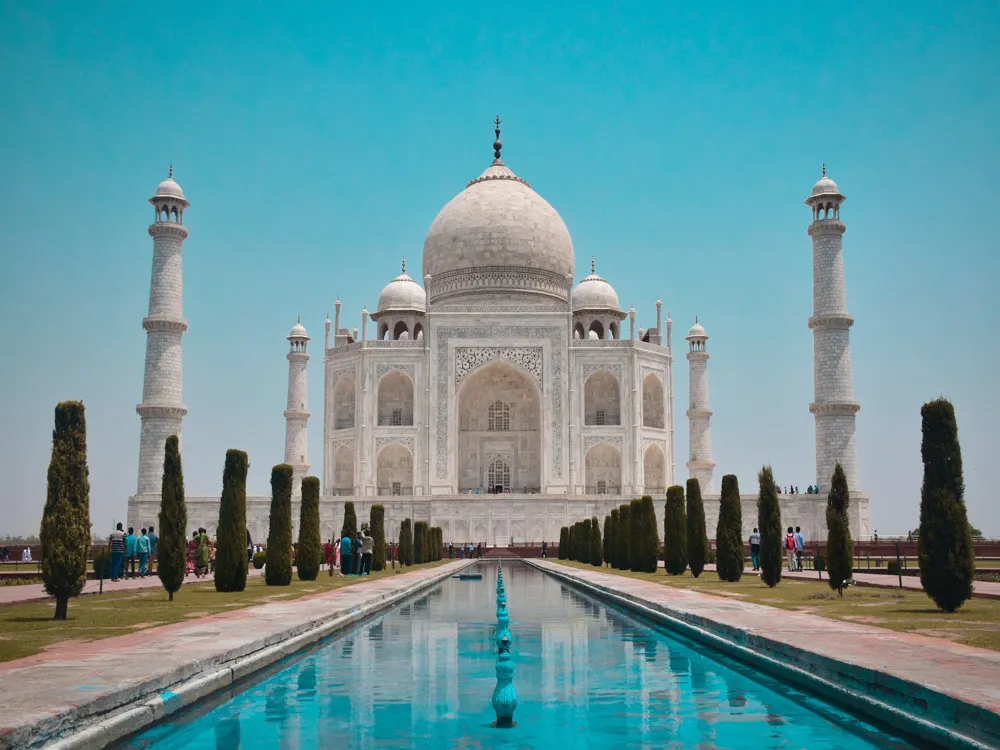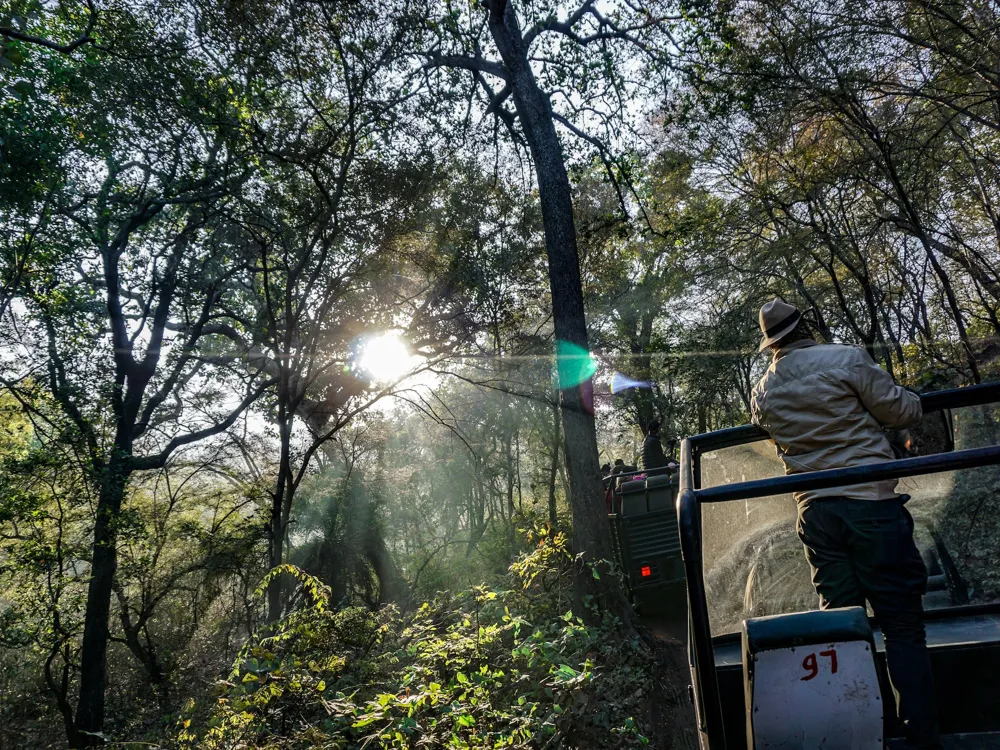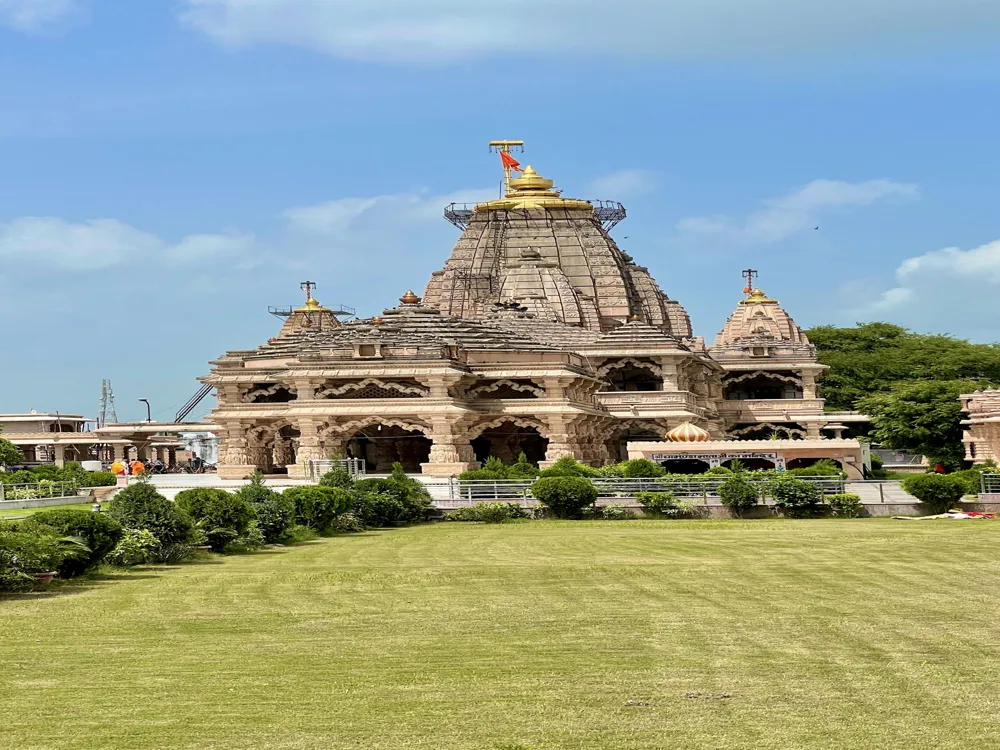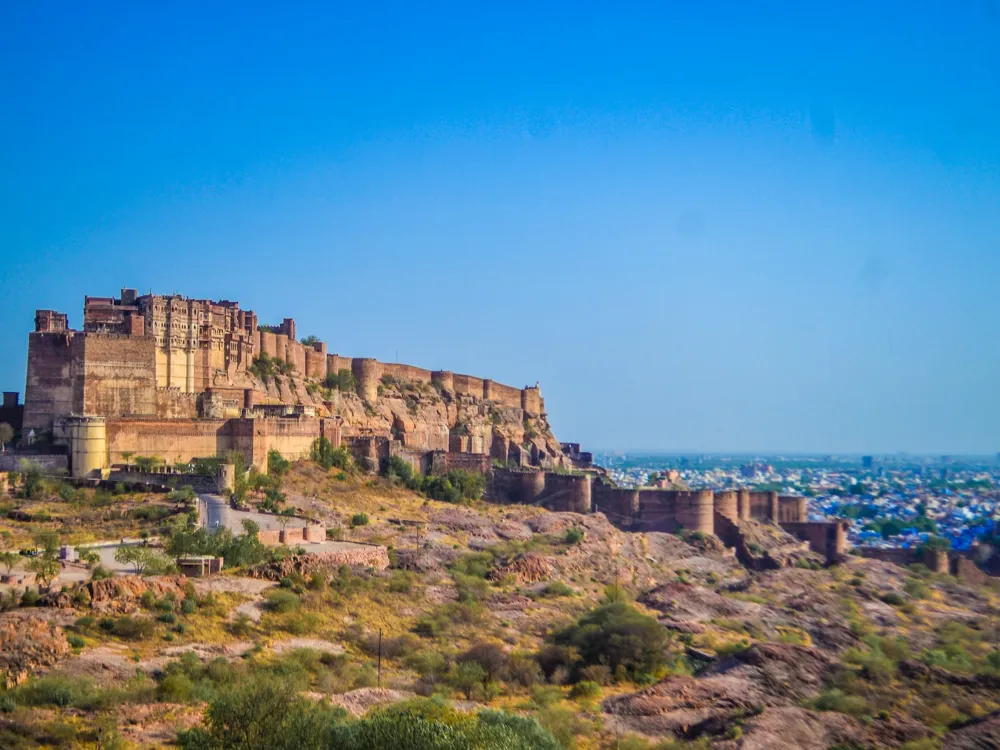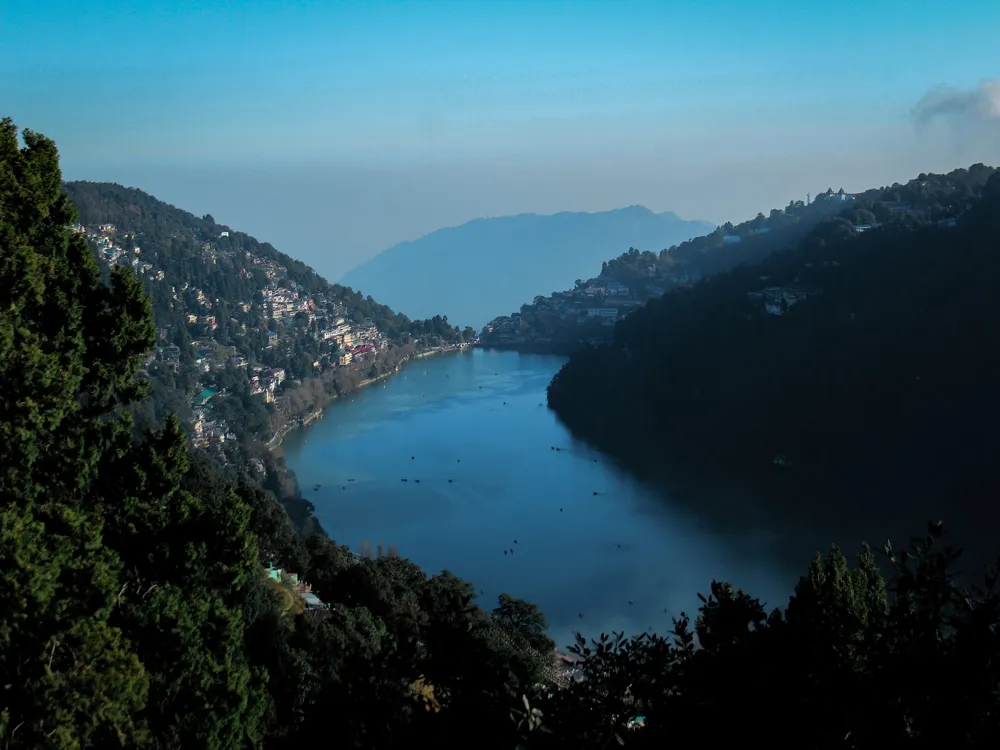Godavari Dham Temple, a significant Hindu temple located in Kota, Rajasthan, stands as a beacon of spiritual and cultural heritage in India. This temple, dedicated to various Hindu deities, attracts thousands of pilgrims and tourists annually. Its location on the banks of the Chambal River adds to its picturesque and serene ambiance, making it not just a place of worship but also a site of natural beauty. The temple's history is intertwined with the cultural and religious tapestry of Rajasthan, reflecting the region's deep spiritual roots and traditions. The temple's architecture is a splendid example of Indian craftsmanship. Intricate carvings and detailed sculptures adorn the temple walls, depicting various scenes from Hindu mythology. These artworks are not just religious representations but also a testament to the artistic skills of the craftsmen. The main deity of the temple is Lord Shiva, represented in a lingam form, which is revered by devotees. The temple also houses idols of other Hindu gods and goddesses, making it a center for diverse Hindu worship. Throughout the year, Godavari Dham Temple plays host to numerous festivals and religious ceremonies. These events are marked by elaborate rituals, vibrant decorations, and an influx of devotees. The most significant of these festivals is Maha Shivratri, celebrated with great fervor and enthusiasm. During this festival, the temple becomes a hub of activities, with special pujas, hymn recitals, and cultural performances. The temple's celebration of traditional festivals not only showcases its religious significance but also plays a crucial role in preserving and promoting the cultural heritage of Rajasthan. The architecture of Godavari Dham Temple is a remarkable blend of historical and cultural influences, showcasing the architectural brilliance of ancient India. The temple structure is predominantly built in the traditional Rajasthani style, characterized by elaborate carvings, ornate pillars, and intricate jali work. The use of local sandstone in construction gives the temple a distinct and majestic appearance, resonating with the architectural ethos of Rajasthan. Upon entering the temple complex, one is greeted by a grand entrance gate, which sets the tone for the splendor that lies within. The main temple building is surrounded by a series of smaller shrines and pavilions, each dedicated to different deities and adding to the temple's sanctity. The sanctum sanctorum, where the main deity resides, is a masterpiece of art and architecture. The ceiling and walls around the sanctum are adorned with exquisite paintings and carvings depicting various deities and mythological scenes. An essential feature of the temple's architecture is its intricate stone carvings. These carvings are not merely decorative elements; they tell stories from Hindu epics like the Ramayana and the Mahabharata. Each carving is a frozen moment in time, capturing the essence of these ancient tales. The temple also boasts of beautiful murals and frescoes, painted in vibrant colors, which bring to life the legends and lore of Hindu mythology. The temple's design also pays special attention to natural light and ventilation. The strategically placed jalis (latticed screens) and open courtyards ensure that the temple interior is bathed in soft natural light, creating a serene and spiritual atmosphere. The play of light and shadow through these jalis creates a mesmerizing effect, enhancing the temple's spiritual ambiance. The temple's layout is a testament to the ancient Indian principles of temple architecture, known as Vastu Shastra. This traditional approach ensures that the temple is not just a structure of worship but also a space that harmonizes with the cosmic and natural energies. The alignment of the temple, the placement of the deities, and the overall design reflect a deep understanding of these ancient principles. Visitors should dress modestly, covering shoulders and knees, as a sign of respect in the holy place. Check the temple timings before visiting, especially during festivals when timings may vary and the temple is particularly crowded. Photography might be restricted in certain areas of the temple. Always ask for permission before taking photos. Follow the temple customs, like removing shoes before entering the sanctum, and participate in rituals respectfully. Consider hiring a local guide for detailed information on the temple's history and architecture. Kota can be quite hot, especially in summers. Carry water to stay hydrated during your visit. Godavari Dham Temple in Kota is well-connected by various modes of transportation, making it easily accessible for visitors. The nearest airport is in Jaipur, which is about 250 kilometers away. From there, one can hire a taxi or take a bus to Kota. The city of Kota also has its own railway station, Kota Junction, which is well connected to major cities in India. From the railway station, the temple is a short drive away and can be reached by taxi, auto-rickshaw, or local buses. For those preferring to drive, Kota is well connected by road with neighboring cities and states, offering a scenic route to the temple. Read More:Overview of Godavari Dham Temple in Kota, Rajasthan
Architecture of Godavari Dham Temple
Tips When Visiting Godavari Dham Temple
Dress Appropriately
Timing and Festivals
Photography Rules
Respect the Customs
Local Guides
Stay Hydrated
How To Reach Godavari Dham Temple
Godavari Dham Temple
Kota
Rajasthan
NaN onwards
View kota Packages
Kota Travel Packages
View All Packages For Kota
Top Hotel Collections for Kota

Private Pool

Luxury Hotels

5-Star Hotels

Pet Friendly
Top Hotels Near Kota
Other Top Ranking Places In Kota
View All Places To Visit In kota
View kota Packages
Kota Travel Packages
View All Packages For Kota
Top Hotel Collections for Kota

Private Pool

Luxury Hotels

5-Star Hotels

Pet Friendly







